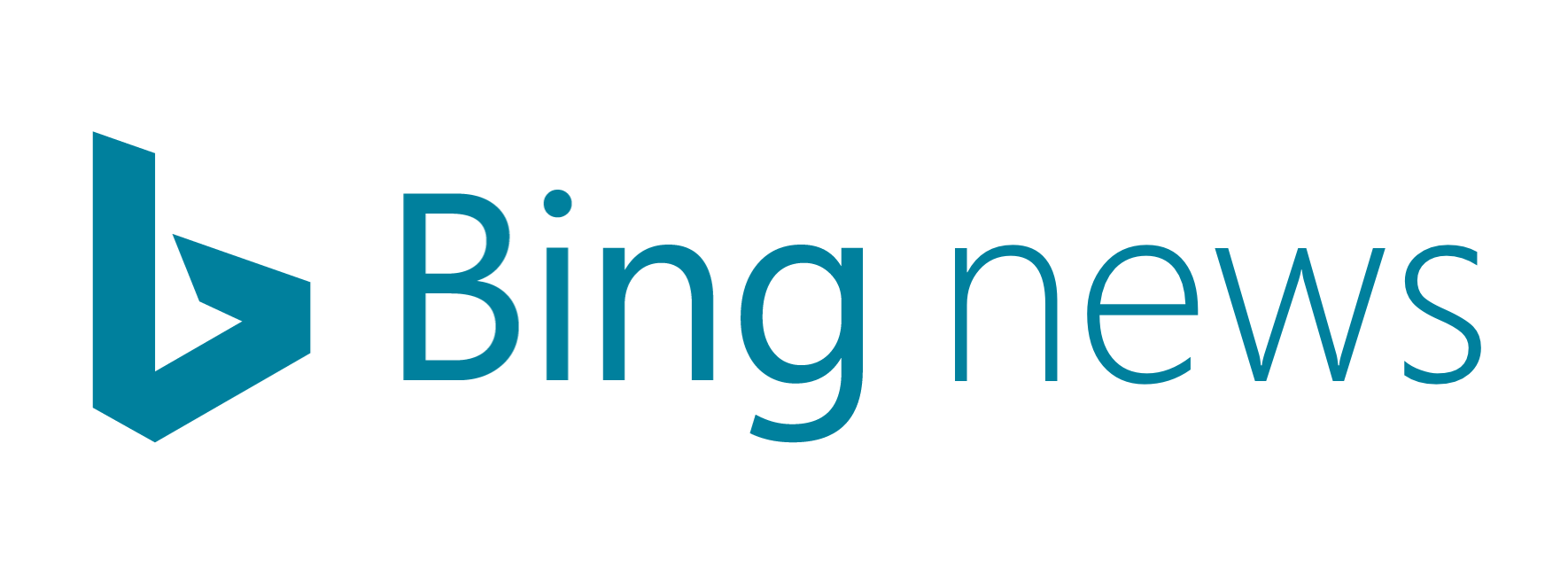The Difference between In-Memory Data Grid and In-Memory Data Fabric: Companies are increasingly facing performance and scalability issues due to the exploding use of applications.
Just ingesting and analyzing data isn’t enough – this has to happen fast enough to keep up with user expectations of real-time responses.
Just some of the issues include unpredictable workloads, how to integrate fragmented data, and how to deal with latency in response times.
In-memory computing has been around for a while but only recently only moved into the mainstream once the cost of memory dropped. IMC solutions are now cost-effective, easier to deploy, and customizable to suit a wide range of potential use cases.
It is easy for people to get confused with all the different terminology in use when it comes to in-memory computing. For example, there is confusion about the terms “data grid” and “data fabric.” A starting point is to give a definition of both, starting with an in-memory data grid.
What is an in-memory data grid?
The Internet of Things, social media and the rise of the cloud means applications need to be extremely fast and capable of processing millions of transactions in seconds.
An IMDG provides a solution because it stores data in-memory (RAM) across a network or cluster of computers. An in-memory data grid (IMDG) therefore offers scalability and high availability because of its design and it is a cost-effective solution to deploy and scale.
Every computer has its own view of data but this view is shared across all the computers. Software keeps track of the data on individual nodes so it can be shared with other nodes or applications.
This means an IMDG allows for distributed transactions and queries. It becomes possible to co-locate business logic (application) with data which makes things much faster.
The distributed design makes it is possible to scale both application load and data simply by adding a new node to the cluster.
An IMDG is particularly useful for applications that do a lot of parallel processing on big data sets.
What is in-memory data fabric?
In-memory data fabric groups in-memory computing use cases into a collection of independent components that work together. The main advantage of in-memory data fabric is that all of the in-memory computing components can be used independently even though they are working together to create an efficient whole.
An in-memory data grid is one of the components of the in-memory data fabric and it may also include other independent components like an in-memory file system, a Compute Grid, CEP streaming etc.
Data fabric concepts have become increasingly important due to the diversification of data sources. With an enormous range of new and unstructured data types, and increasing volume and velocity, it has become a priority to have instant and reliable access to data of all types.
A number of problems can arise from trying to integrate data coming from diverse operations. This is where the use of in-memory data fabric is effective. It offers seamless, real-time integration and access across multiple data silos.
The consolidated system, or in-memory data fabric, can handle diverse data stores, address security, and offer consistent management and flexibility across a range of implementation requirements. It is upgradeable and automates all the processes for ingesting, curating and integrating data.
In-memory data grid features
A simple way to define an IMDG is to view it as a distributed cache with additional features. By running specialized software within a ‘grid,’ computers can interact with one another to process large complex tasks that would be impossible using a single computer. The processing power of a number of computers is combined, even if they are in different locations.
IMDGs can vary considerably in terms of consistency. The best ones offer strong consistency where read always returns the most updated data, which is vital when it comes to critical applications, such as billing, booking, ordering or transferring money.
Businesses that handle large amounts of data will usually implement an IMDG because it offers reliability, availability and speed through using a distributed cluster.
Some IMDGs support atomicity, consistency, isolation, durability (ACID) transactions and others do not. These transaction properties guarantee validity even if there are power failures or errors.
A data grid solution that supports structured, semi-structured, and unstructured data is best as different types of data will continue to proliferate. As such, it will offer a future-proof solution.
In-memory data fabric features
In a similar way to a data grid, in-memory data fabric can simplify data management and processing across cloud-based systems and on-premise systems. The hybrid approach means applications and services can run anywhere. This offers data visibility and actionable insights, helps in overall data access and control, and also ensures data security and protection.
A data fabric helps to manage disparate, always moving data using a single data management platform. A consolidated platform helps with managing data access, processing, integration and security.
As new technologies develop and organizations try to transform digitally, a data fabric offers an adaptable and flexible data management environment that makes the digital transformation easier for a company.
In-memory data fabric provides a single data management framework to use across many different deployments and one point of access to all data despite structures and deployment platforms. It typically provides built-in backup and recovery and a common process for all types of data and platforms.
Over the long term, an in-memory data fabric with its distributed architecture will offer horizontal scalability and address the capacity limits of a disk.
In-memory data fabric can accelerate and scale applications across distributed systems. A new class of hybrid real-time applications will allow even small organizations to gain a competitive advantage from speedy, data-driven operations and decisions.
Conclusion
For companies wanting to cost-effectively improve the scalability and speed of their applications, the evolution of in-memory computing, including the use of in-memory data fabric and in-memory data grids as part of this, is exciting. Traditional disk-based storage infrastructure is unable to meet the demand for speed at volume and in-memory computing offers the only way to scale today’s computing demands.







